The Candidate Dropout Problem You Didn’t Know About.
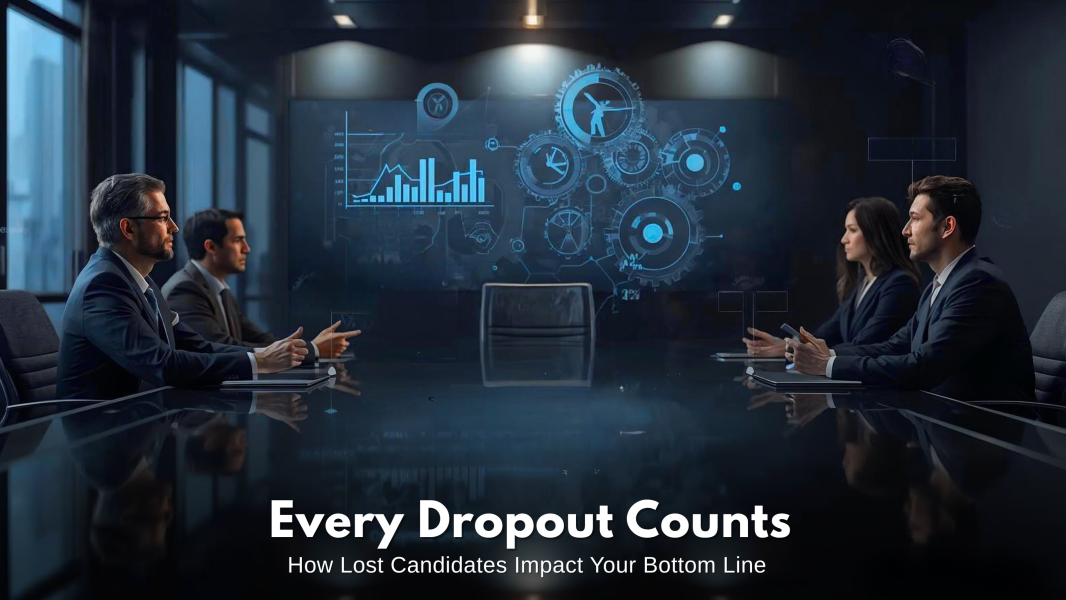
How hidden factors quietly affect business success. We talk a lot about sourcing, assessments, and interviews, but not about what happens when a candidate simply… vanishes. The hidden truth? Dropouts quietly eat into budgets, derail projects, and weaken employer brands. And because they’re rarely tracked, organizations underestimate just how costly they really are.
1. The True Cost of Dropouts
Consider a senior backend engineer scheduled to join a mid-sized tech firm in Germany. Two days before the start date, they withdrew. The recruitment team had already spent 60+ hours coordinating interviews, reference checks and onboarding. The dependent project slipped three weeks, delaying critical deliverables.
Insight: LinkedIn Talent Solutions (2024) reports that up to 30% of candidates withdraw after receiving an offer, with high-demand sectors like AI, cloud computing, or fintech seeing rates spike to 40–50%. LinkedIn Business Solutions
Why it matters: Each dropout isn’t just lost time; it’s a measurable business cost. Tracking these dropouts turns them from a "hiring annoyance" into strategic operational intelligence.
2. Hidden Reasons Candidates Walk Away
Dropouts are rarely about salary alone. Subtle factors quietly push candidates away:
Process friction: Excessive interviews, slow feedback, or delayed decisions create doubt. Harvard Business Review (2023): 46% of dropouts are process-related. Right Fit Advisors
Misaligned expectations: Vague roles or unclear career paths leave candidates questioning fit. Global hiring surveys: 35% decline in offers due to unclear expectations.
Lack of engagement: Generic communication can make candidates feel like a number. Glassdoor (2023): Personalized engagement reduces dropouts by up to 25%. Glassdoor
Competing offers: High-performing candidates juggle multiple opportunities; clarity and speed from others can sway decisions.
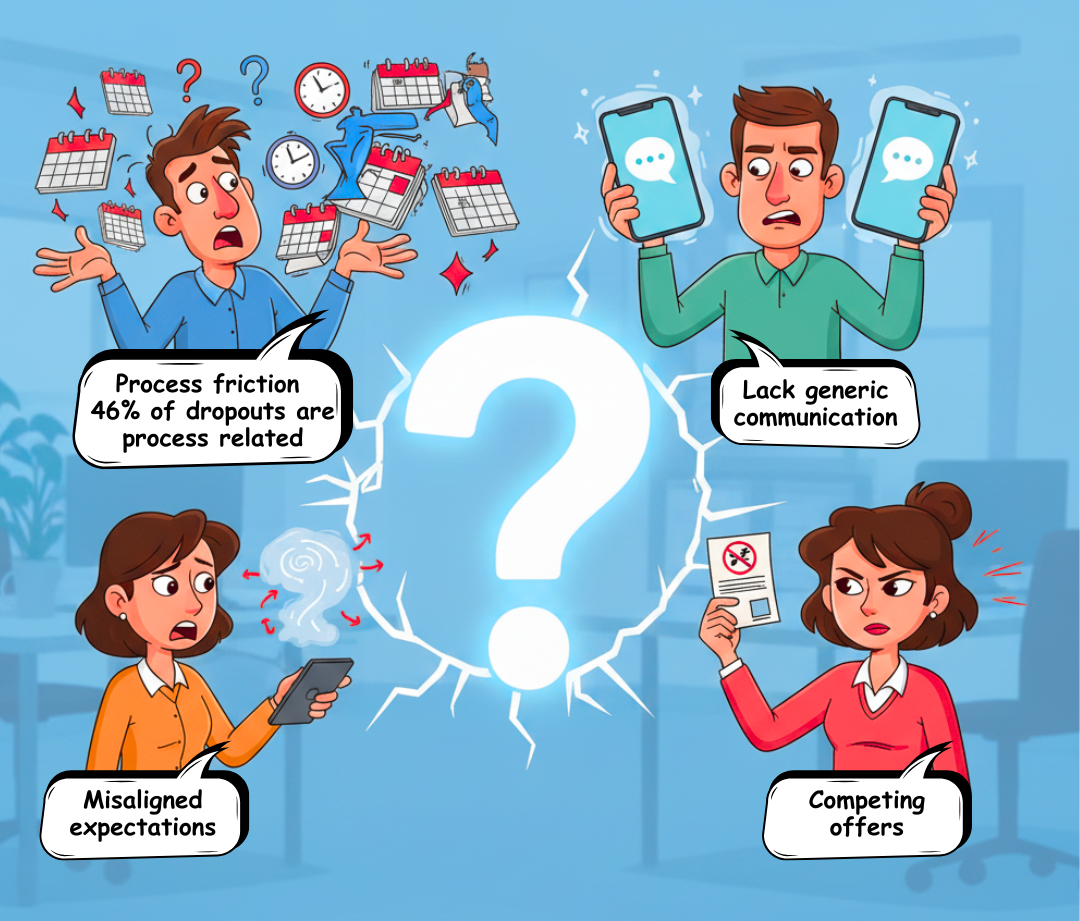
Insight: Understanding these causes allows companies to strategically improve candidate experience, lowering dropout risks and boosting offer acceptance rates.
3. Real-World Scenarios
Global fintech: The candidate cleared technical interviews but declined a day before joining due to unclear reporting lines.
High-growth startup: The star designer backed out after weeks of interviews; slow salary discussions and delayed feedback triggered doubts.
Takeaway: Small inefficiencies can snowball into costly dropouts. Internal sharing of such stories uncovers gaps and prevents recurrence.
4. Actionable Steps to Reduce Dropouts
Audit hiring processes: Identify bottlenecks, redundant interviews and slow decisions.
Communicate with intent: Personalized updates reassure candidates.
Clarify expectations: Transparent roles, responsibilities and career paths.
Capture insights: Collect dropout data to refine strategies.
Reduce uncertainty: Address compensation, onboarding and start-date questions promptly.
Insight: Companies that implement structured communication protocols can reduce dropout rates by 20–30%, especially in competitive talent markets.
5. Challenge Your Team
Ask during strategy discussions:

Why it matters: Encourages proactive thinking and continuous improvement, aligning hiring strategy with business goals.
6. Strategic Takeaways
Candidate dropouts are a business-critical metric, reflecting how effectively an organization:
Engages top talent
Communicates expectations
Delivers a seamless experience
Action points:
Map candidate journeys to identify friction points
Implement structured communication protocols
Track dropout data as a strategic KPI
Insight: Organizations viewing dropouts strategically experience shorter hiring cycles, higher offer acceptance and stronger employer branding.
7. How Gen AI Can Help Solve This
Generative AI can reduce candidate dropouts by automating, personalizing and providing actionable insights:
Predictive analysis: Gen AI predicts candidates at risk of dropping out.
Personalized engagement: Automated, tailored communication keeps candidates informed.
Process optimization: Detects bottlenecks in scheduling, feedback and onboarding.
Insight generation: Identifies patterns behind dropouts (role clarity, compensation, delays).
8. Problem-Solution Table Using Gen AI
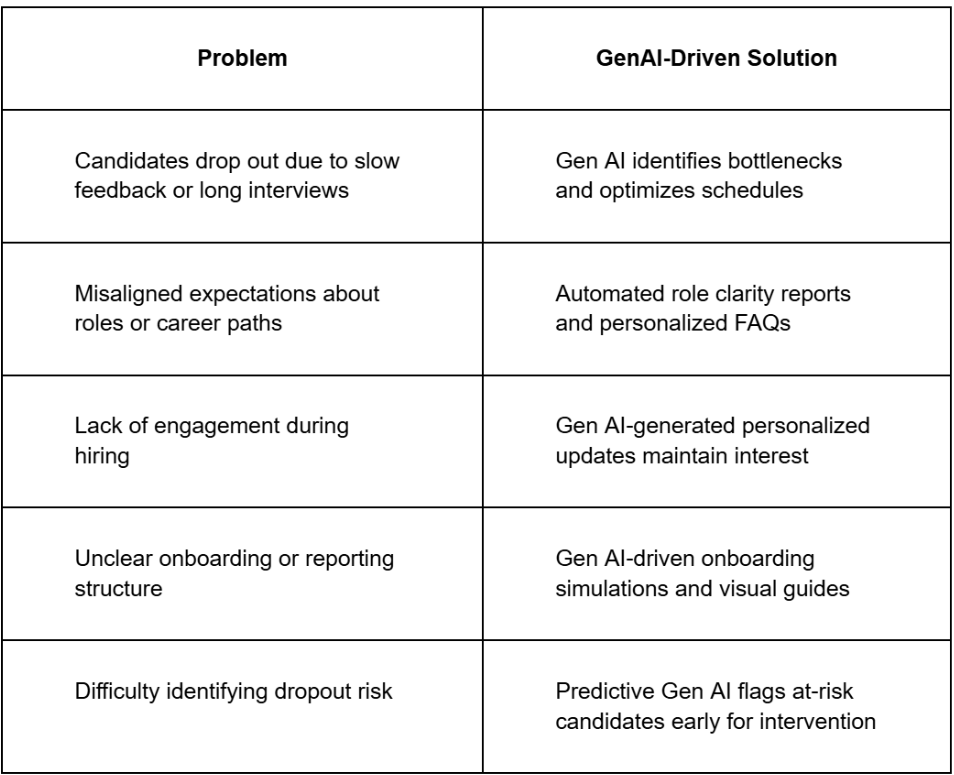
Leveraging Gen AI helps organizations reduce dropouts, improve candidate experience, and protect business timelines, while gaining actionable, data-driven insights into hiring processes.
What to read next



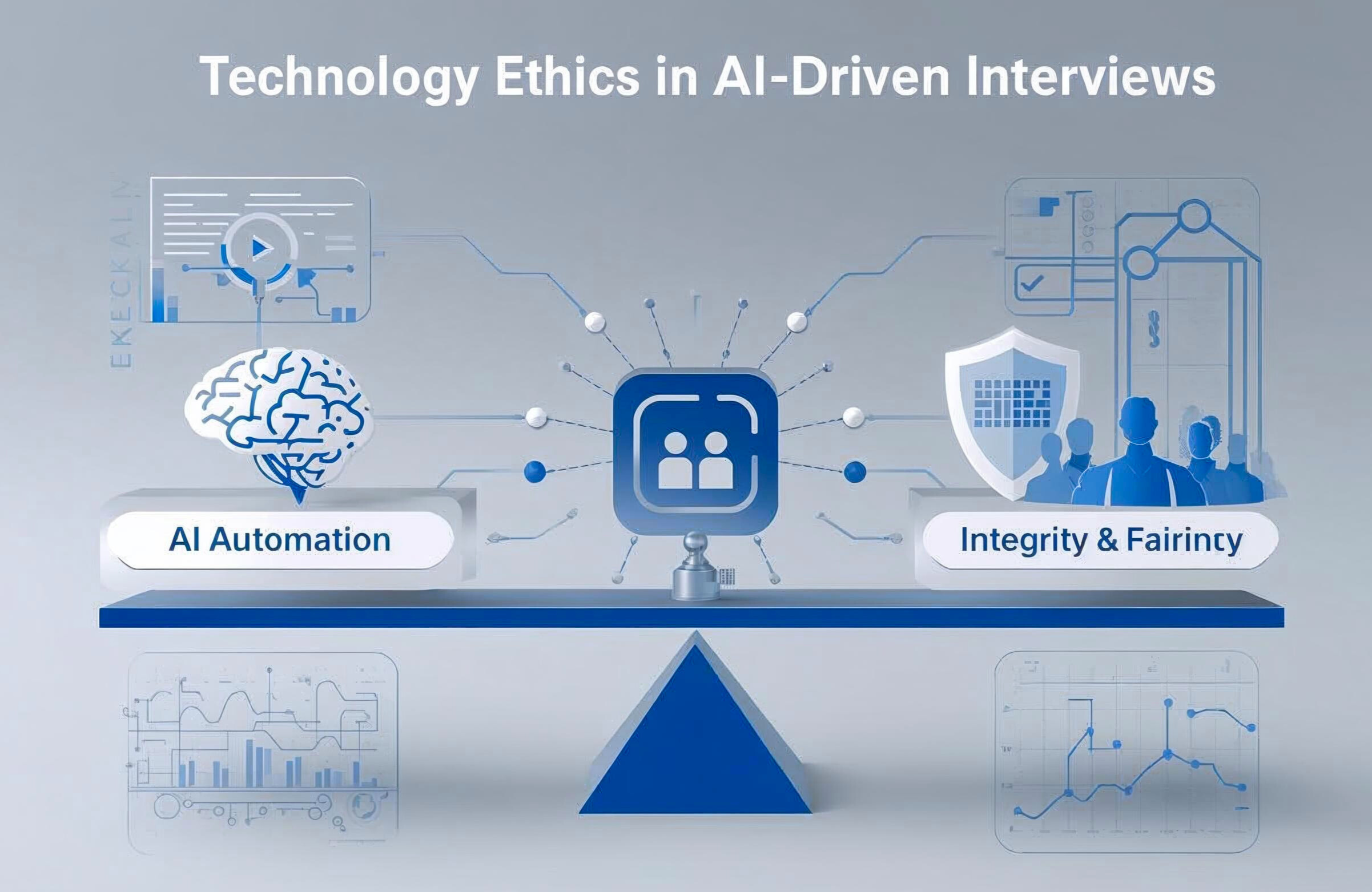
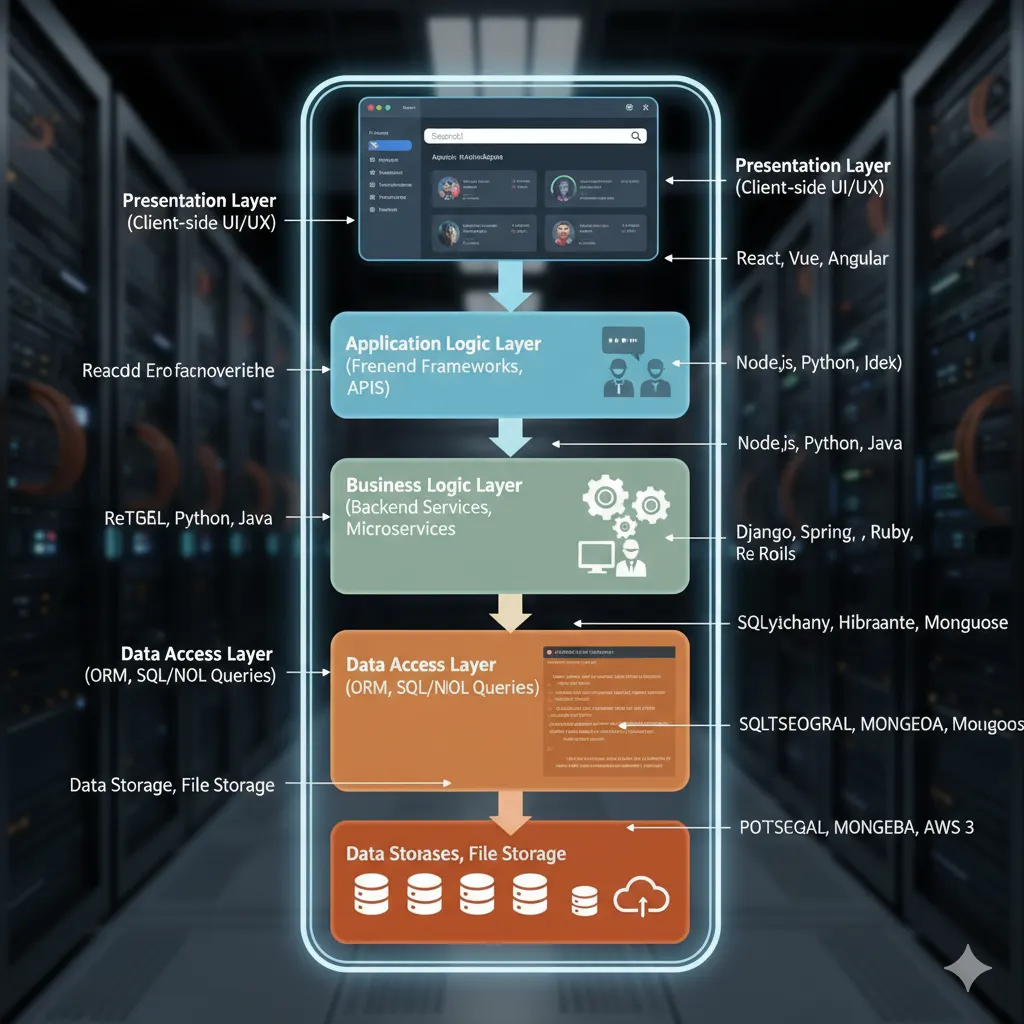

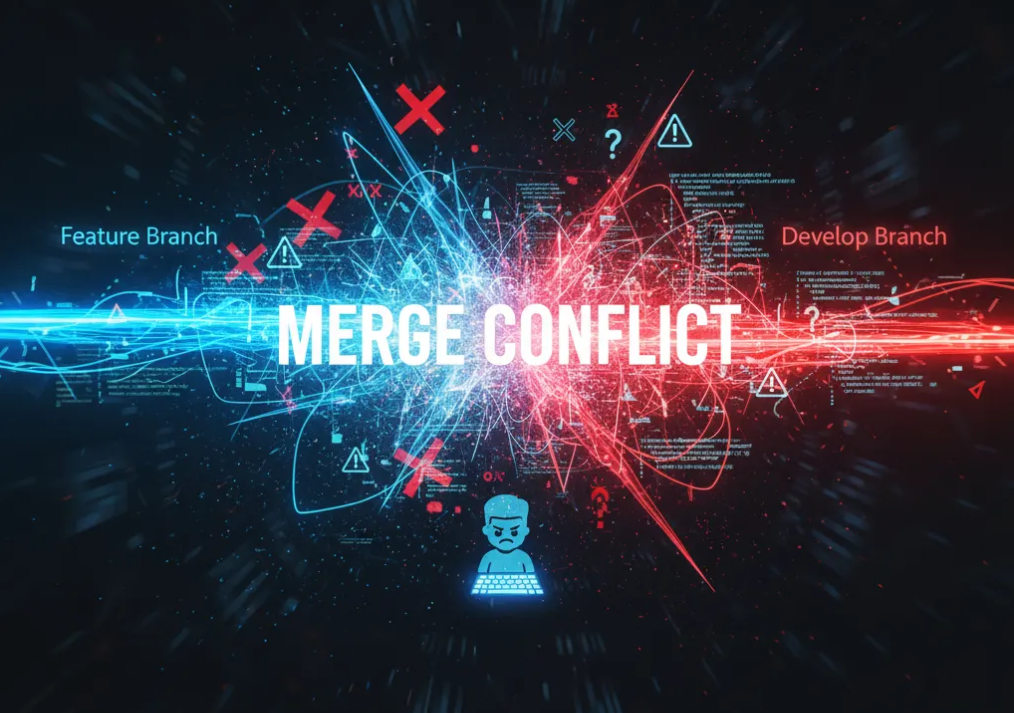
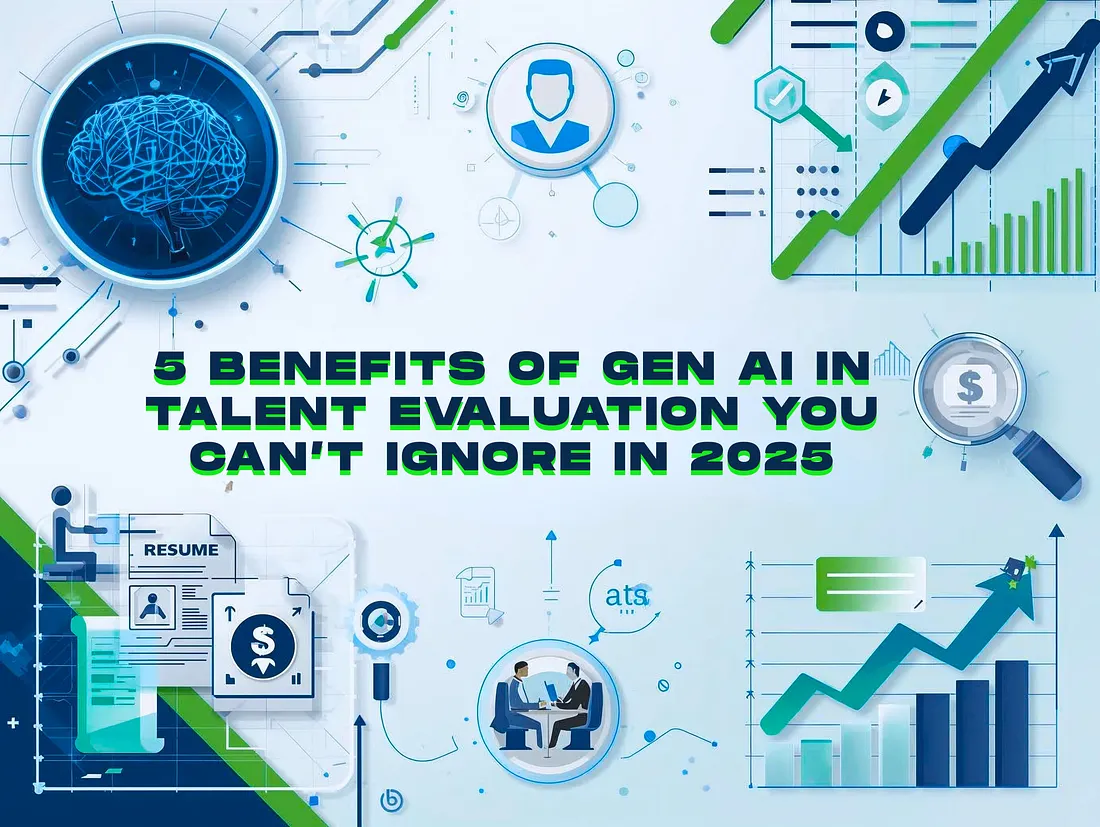


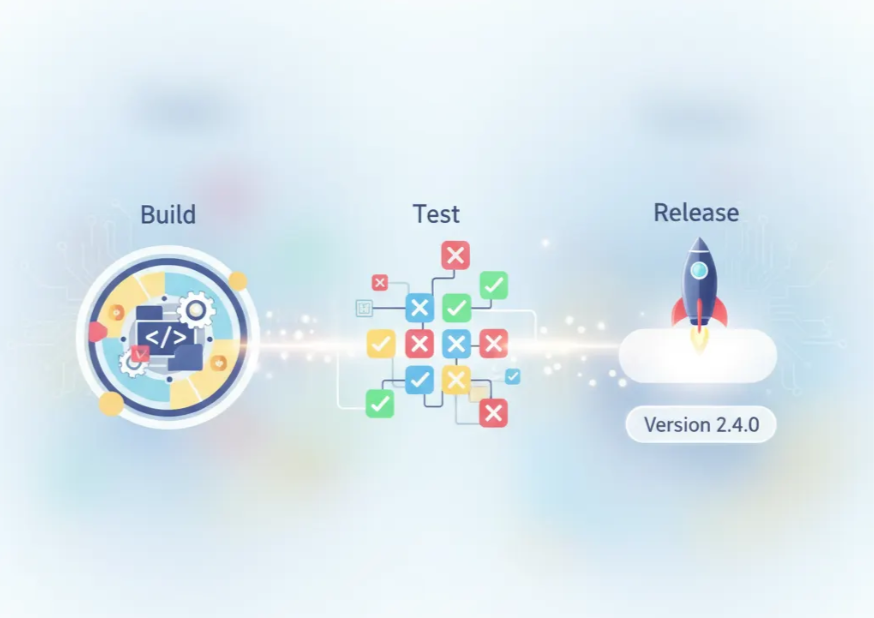
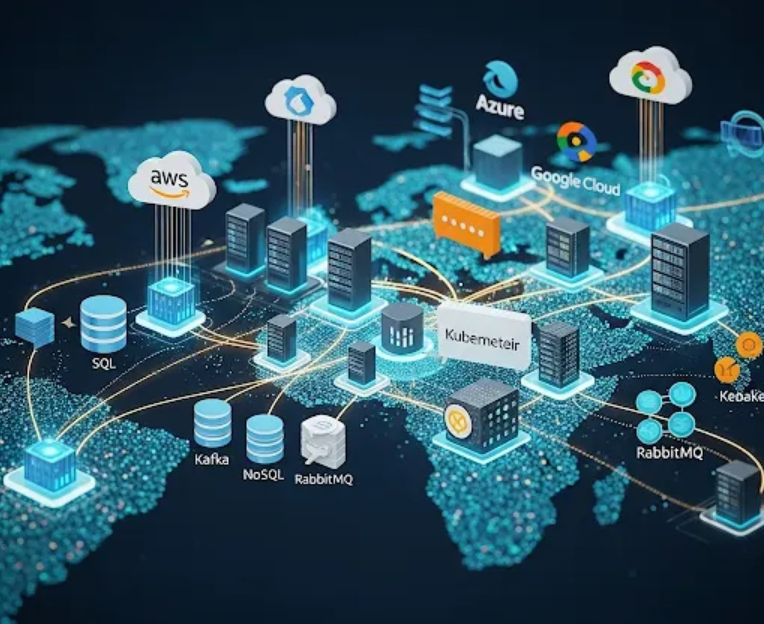

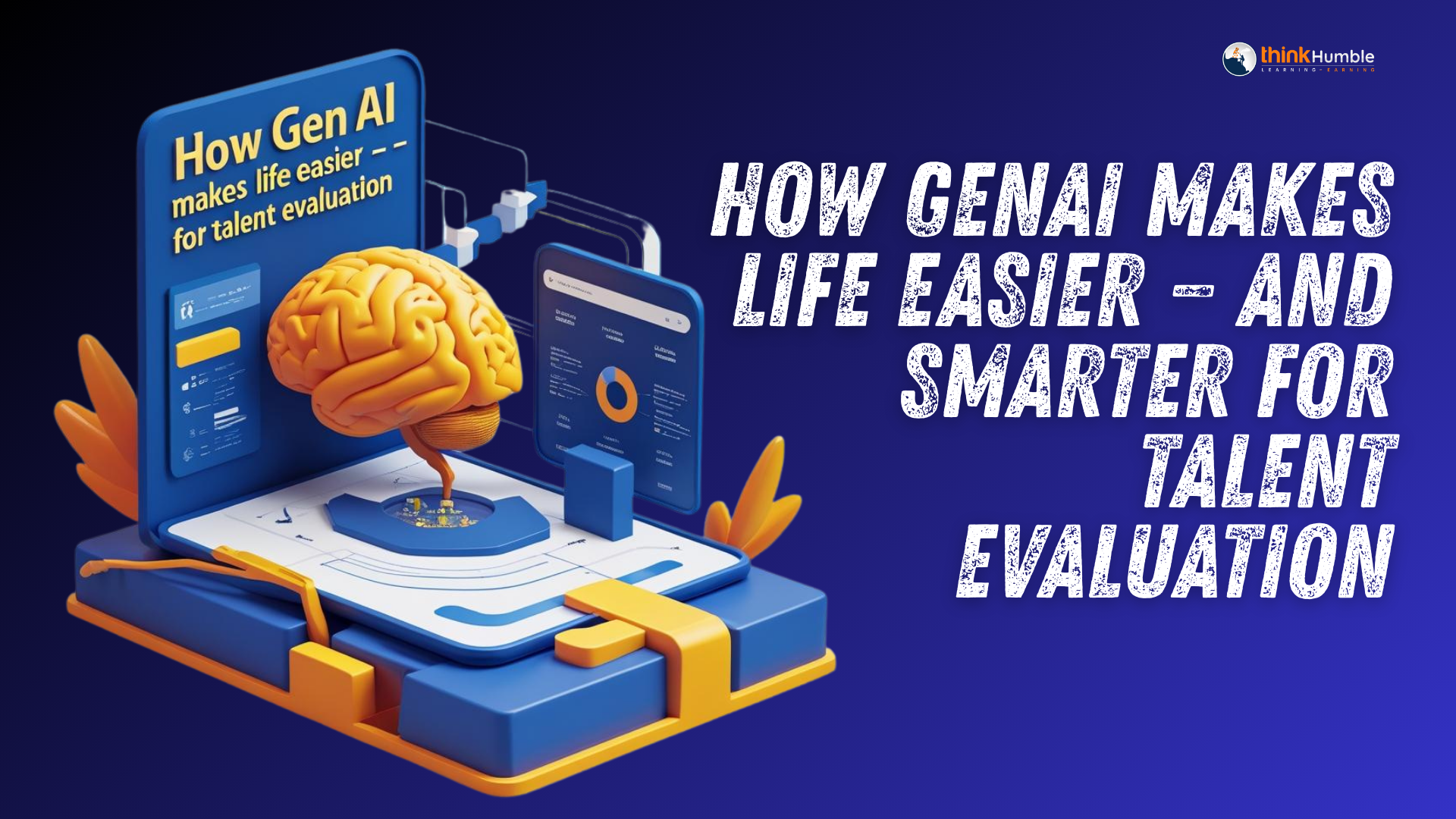
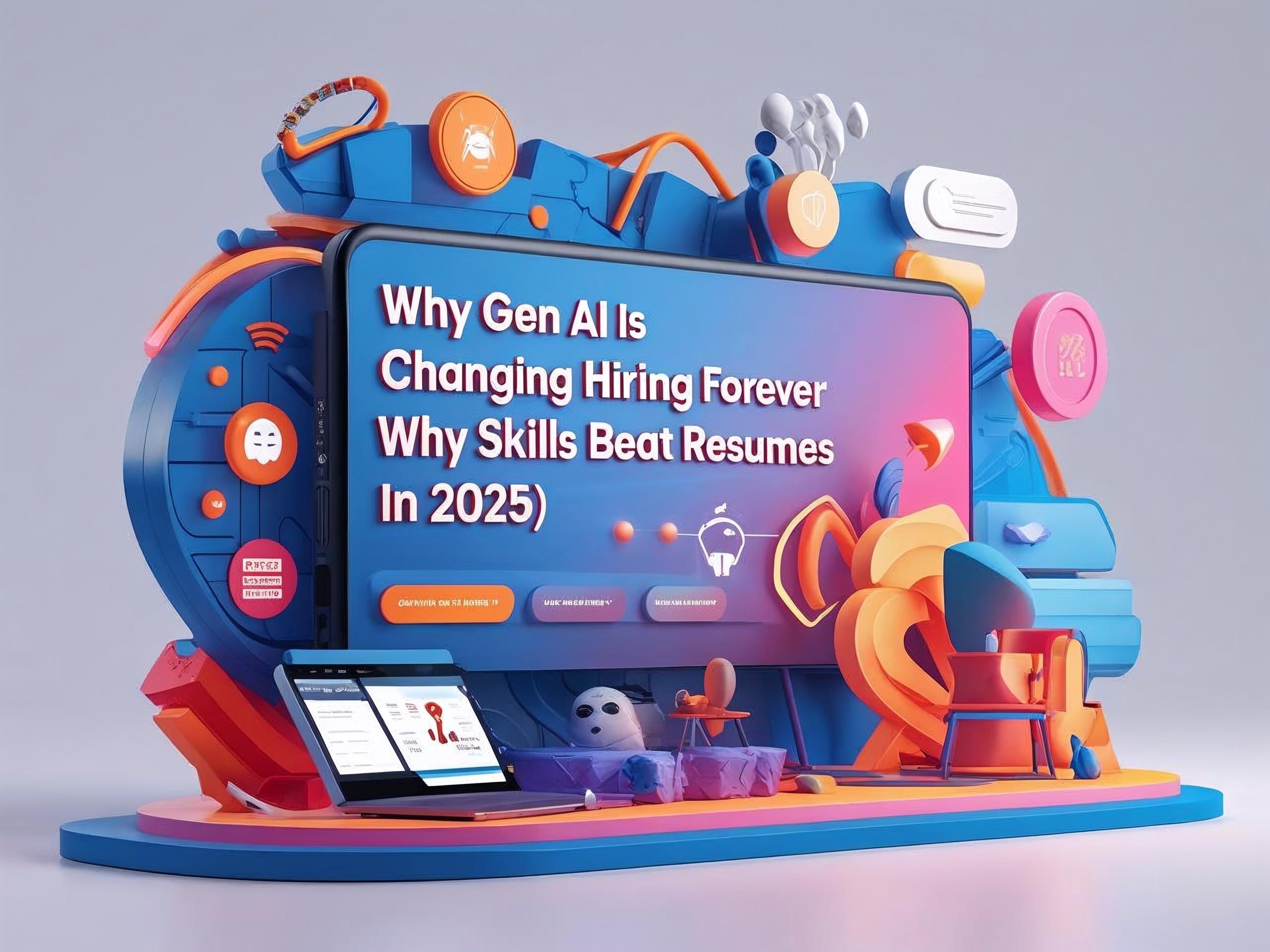

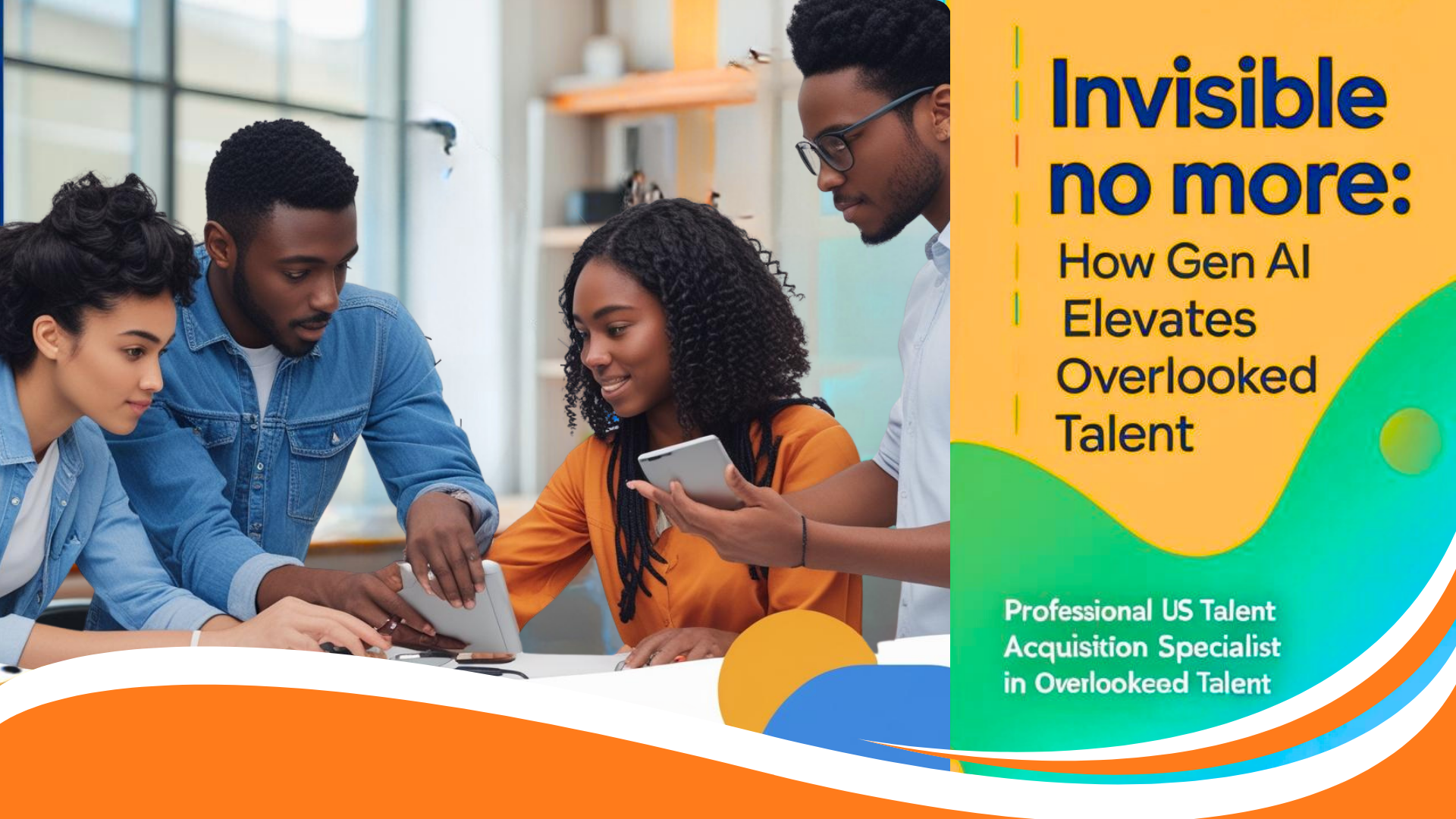
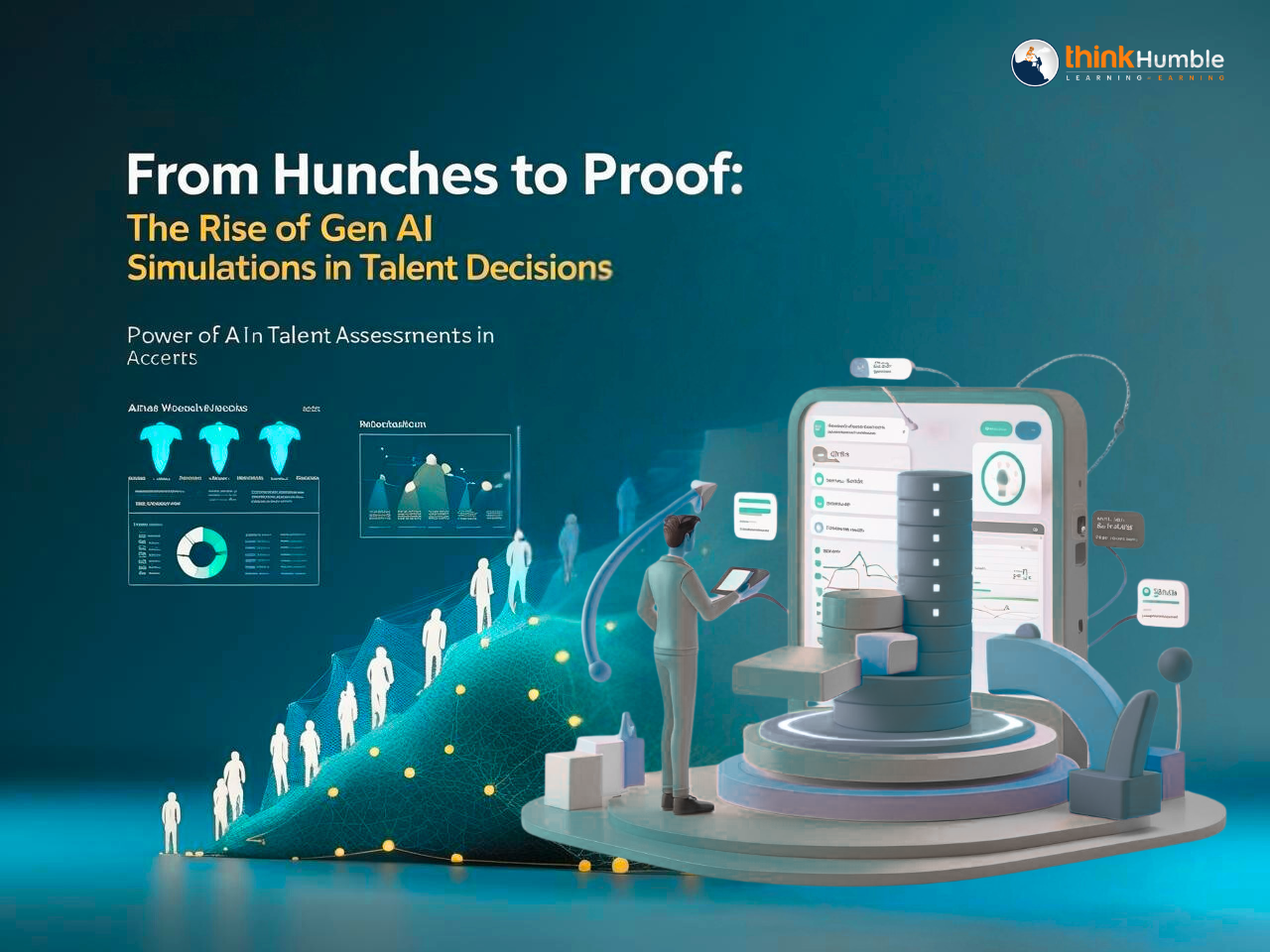
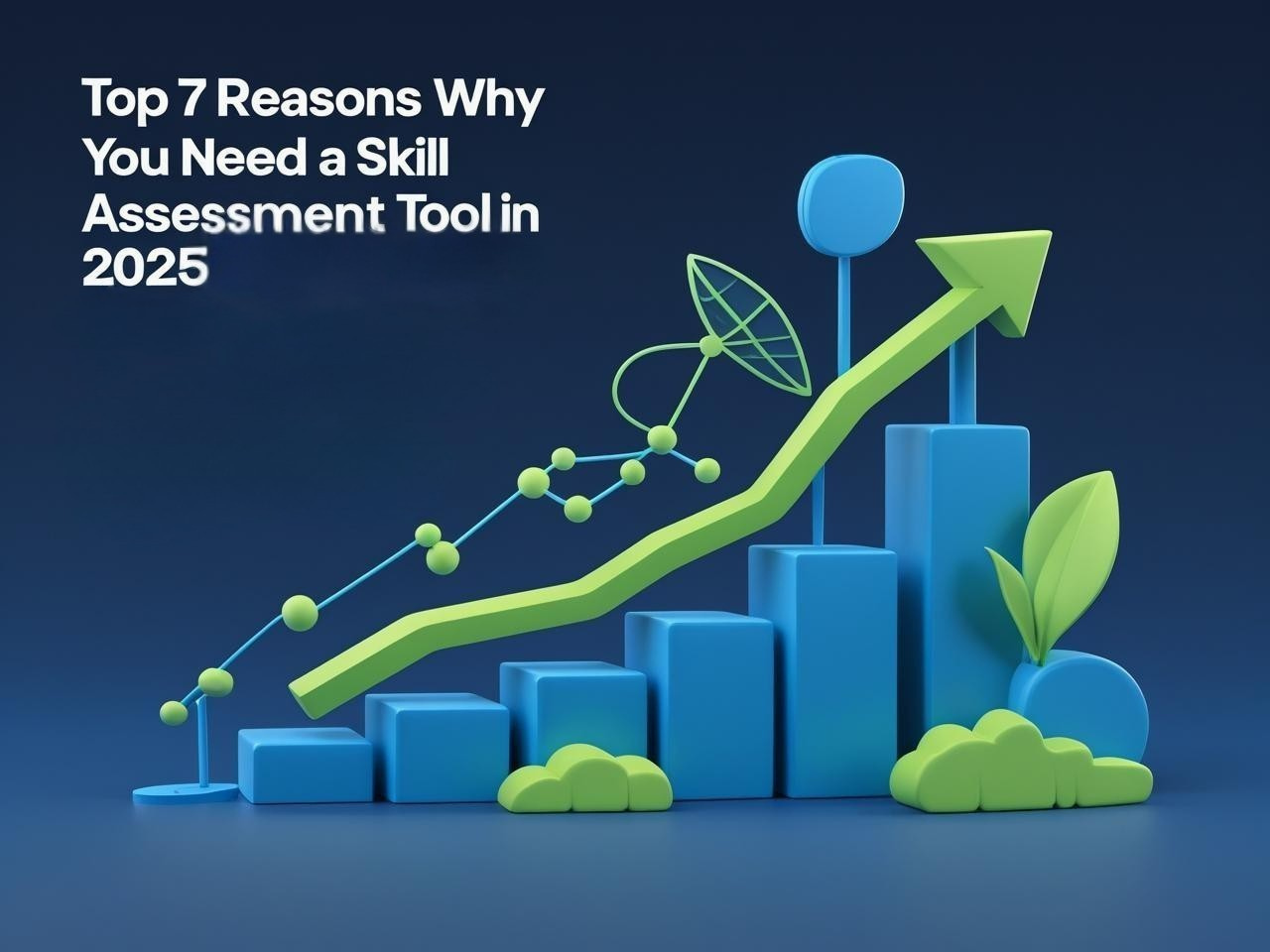
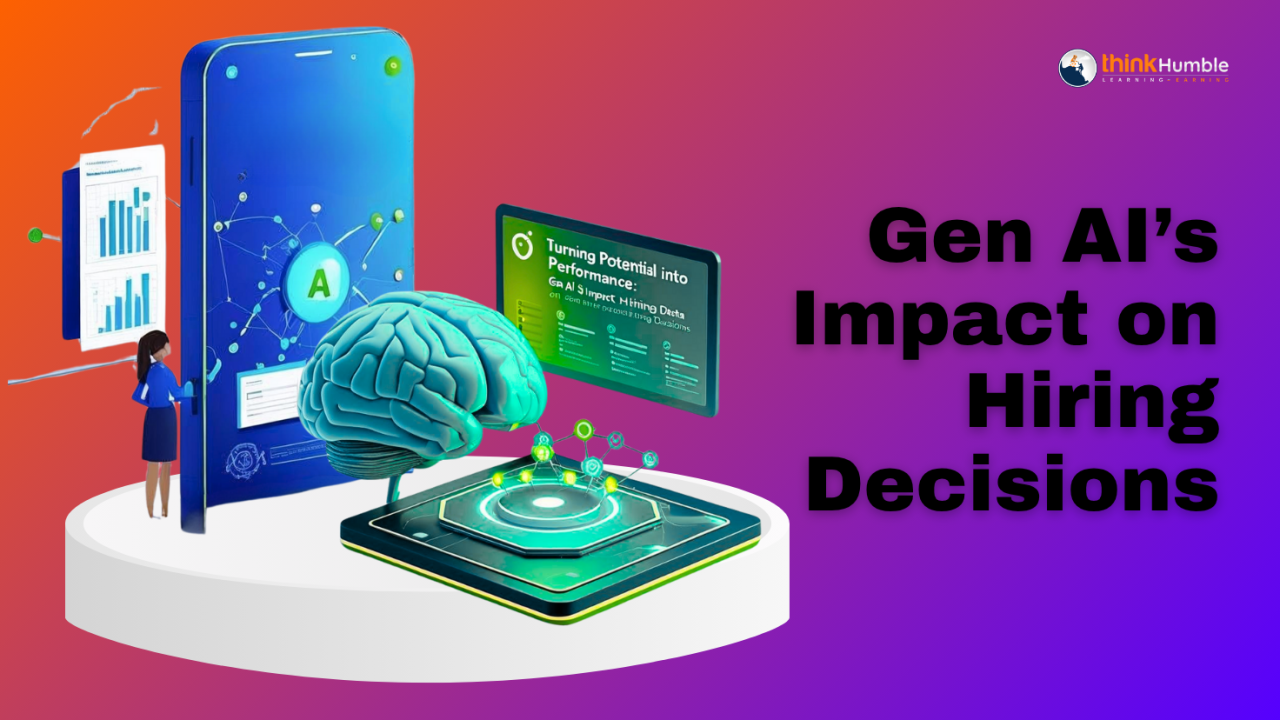
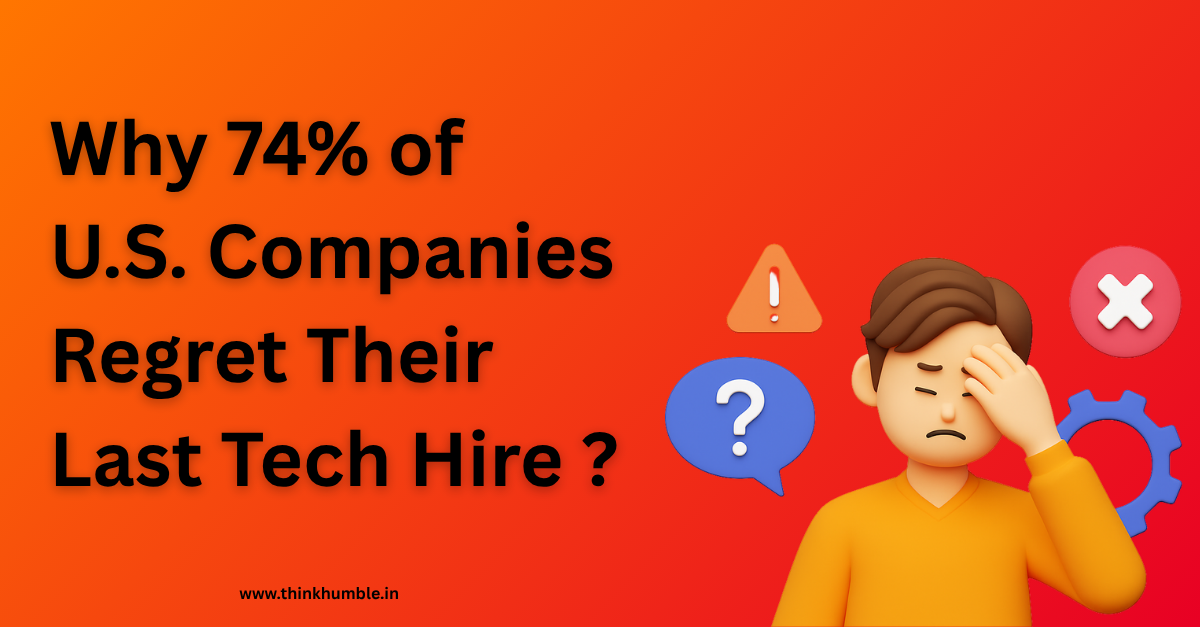
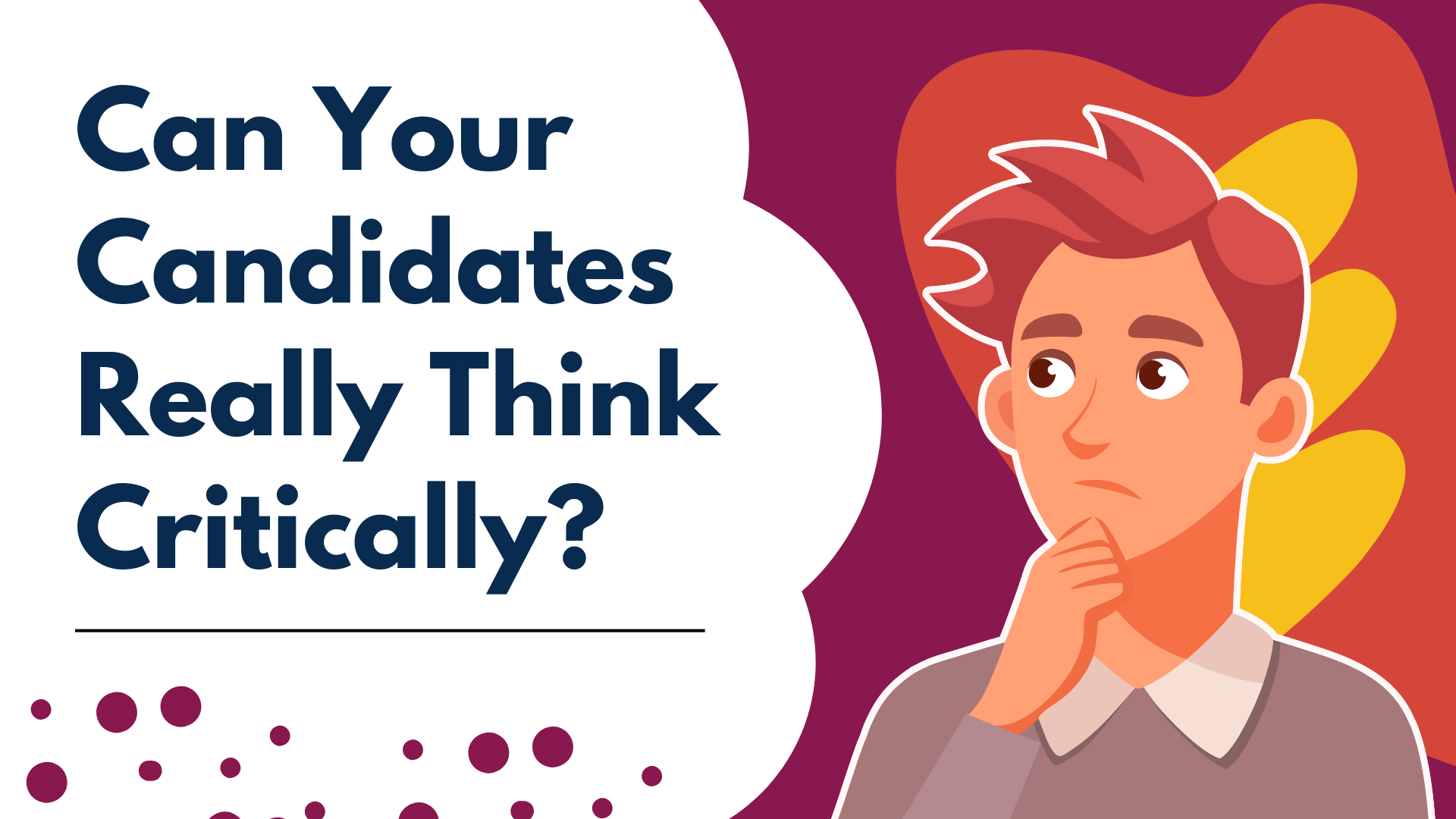
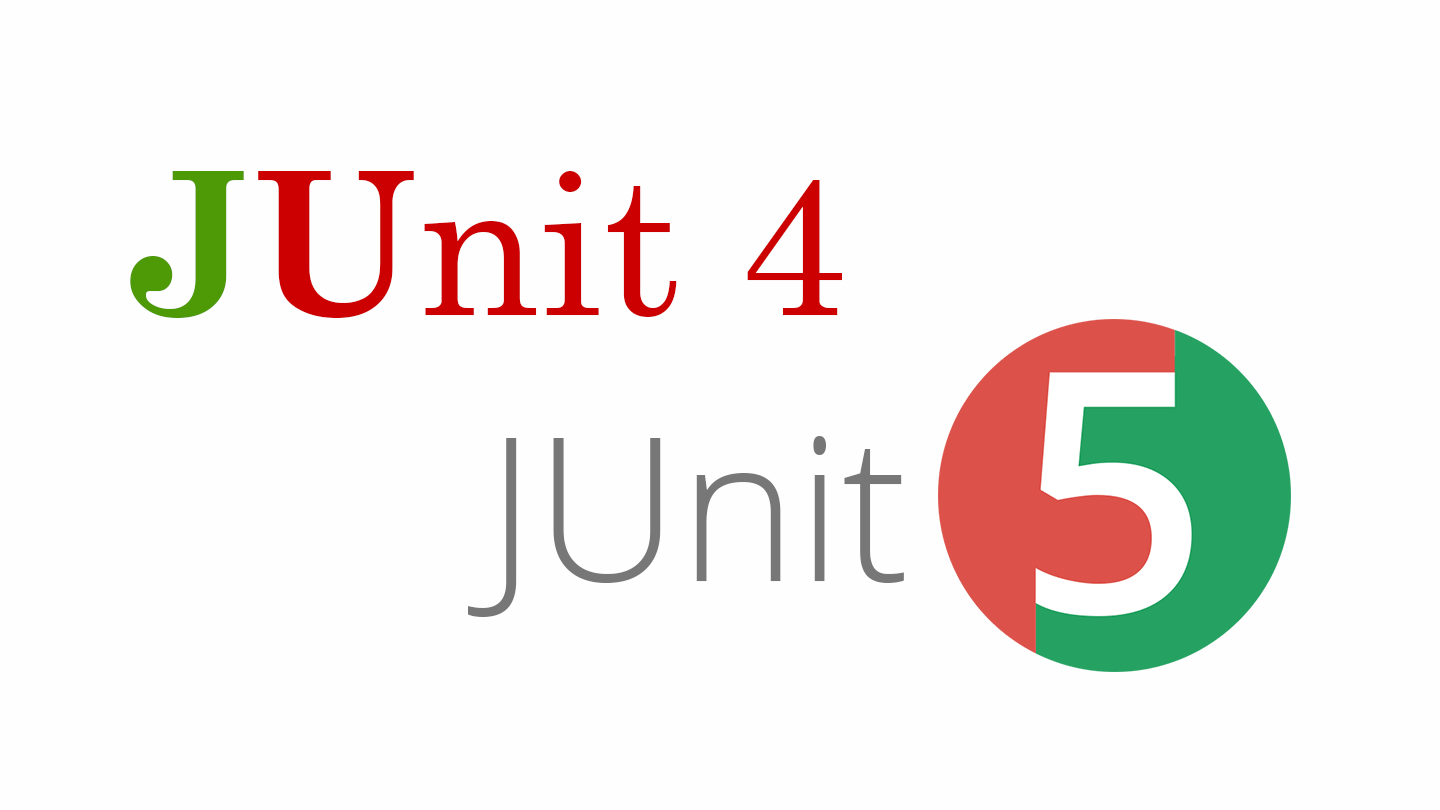
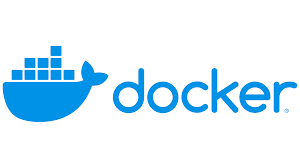
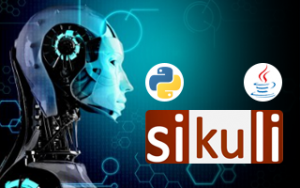
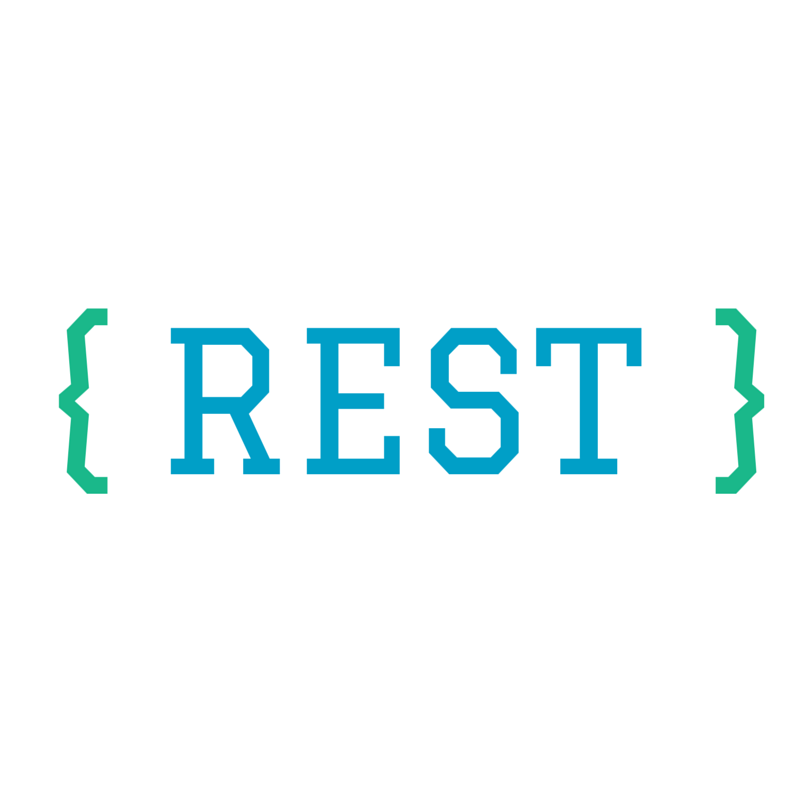
The Candidate Dropout Problem You Didn’t Know About.